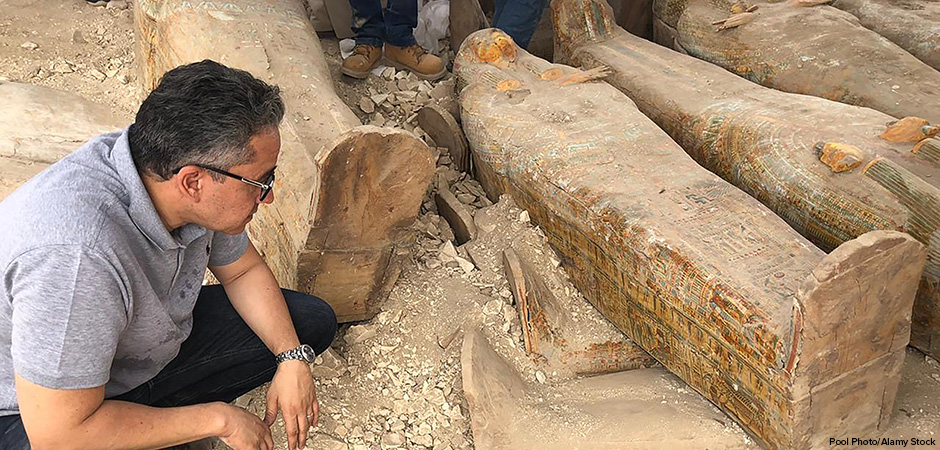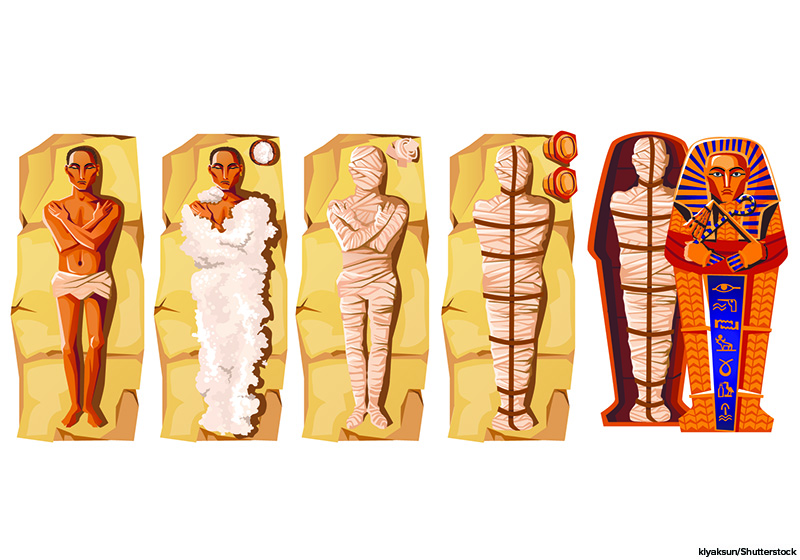
When you hear the words “ancient Egypt,” you probably think about mummies. You may have learned about them in school or seen them in movies. But have you ever wondered exactly how ancient people were able to preserve mummies for thousands of years, without the benefit of modern technology? Scientists have wondered about this too. Now, thanks to a recent archaeological discovery, they may finally have some answers. Here, btw takes a closer look at these important developments.

An Important Discovery
Ancient Egyptians believed that you could take things with you, including your body, from this life to the next. So, they mummified some dead people (and sometimes beloved animals) because they believed that the deceased would need their bodies in the next life. But up until now, scientists have only been able to guess at what substances ancient Egyptians used to preserve their dead. In 2016, archaeologists discovered an ancient burial ground called Saqqara. Continuing excavations there found an embalming (preservation) workshop. In the workshop were about one hundred ceramic pots. Scientists have been analyzing the residue left behind in 31 of those pots, in order to discover what fluids and substances were used to embalm the dead.
Ancient Hand Sanitizer
So, what did they find? Obviously, ancient Egyptians didn’t have access to the antibacterial chemicals and products we have today. Instead, they used substances derived from plants, such as juniper, cypress, and cedar oils. They used resins from certain trees, such as pistachio. They also used castor oil, animal fats, and beeswax. Scientists already knew about a substance called “antiu” used in the embalming process. Antiu was translated to mean myrrh or incense. But now they know that antiu is actually a combination of cedar oil, juniper oil, cypress oil, and animal fats. In addition, many of the pots were labeled with specific instructions. For example, different combinations of substances were used to preserve different body parts.
What’s amazing to consider is that ancient Egyptians didn’t have today’s understanding of how to fight off bacteria. In fact, they didn’t even know what bacteria was! But over time, they learned which substances would prevent foul odors, reduce moisture on the skin, and protect the body from rot, bacteria, and fungi.
Why It Matters
While learning which substances were used in embalming is interesting, these findings also have larger implications. Some of the ingredients found in the Saqqara workshop didn’t come from Egypt. Many came from across the Mediterranean. Some, such as dammar gum and elemi resin, came from further away than that–southeast Asia, or possibly the tropical regions of Africa. This discovery proves the existence of long-distance trade networks in ancient times.
